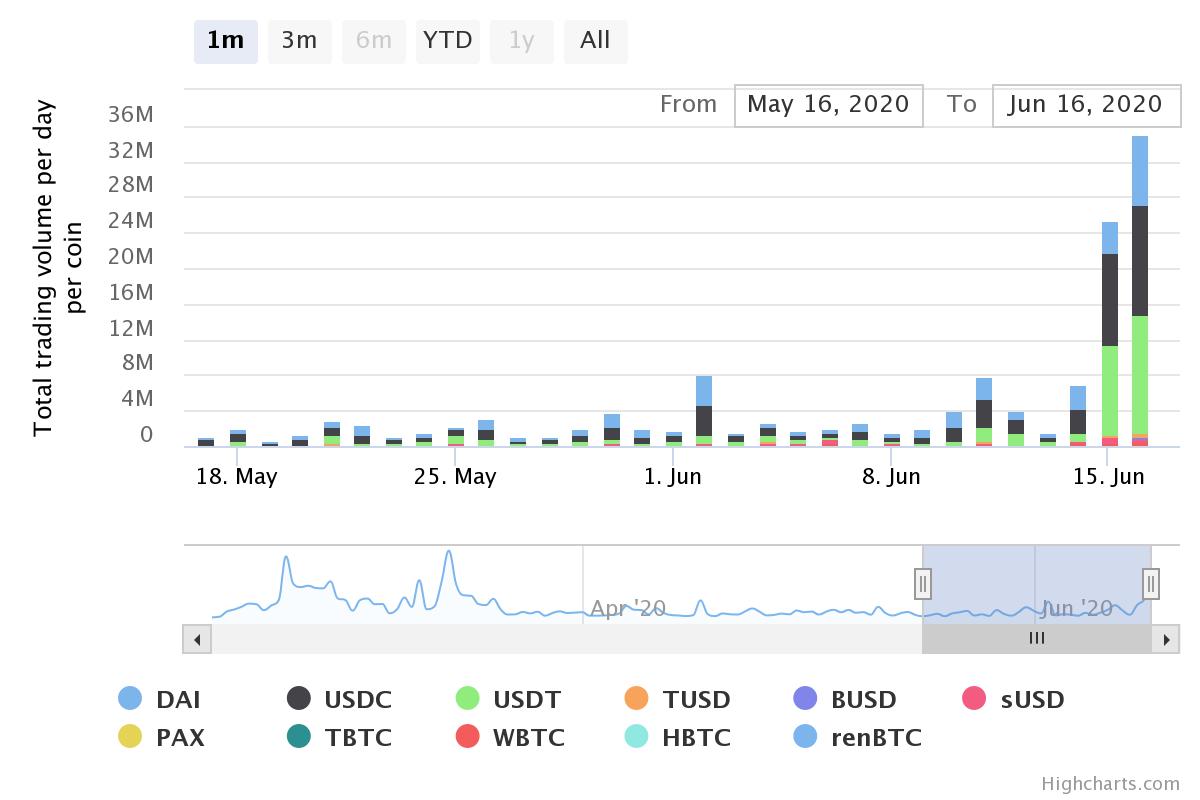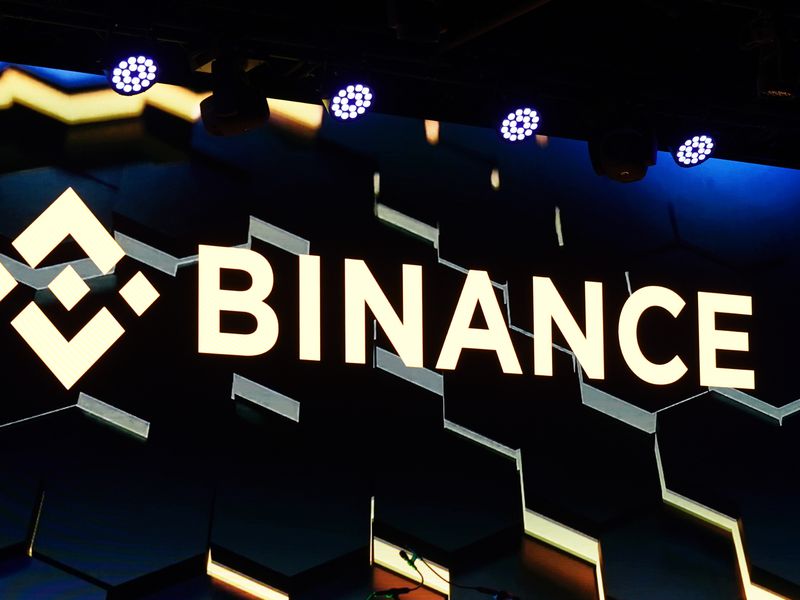Huobi’s HUSD Stablecoin to Run on Nervos Blockchain
Huobi’s HUSD Stablecoin to Run on Nervos Blockchain
Public blockchain Nervos has been trying to become China’s answer to Ethereum, especially when it comes to the decentralized finance (DeFi) sector. Soon it will finally have a key element in that quest: the blockchains’ first dollar-pegged stablecoin, HUSD, issued by Huobi-backed Stable Universal Limited.
This is also the first blockchain outside of Ethereum to support HUSD. Seychelles-based Huobi is one of the “Big Three” exchanges popular among Chinese users, along with Binance and OKEx.
Currently, HUSD is an ERC-20 token based on the Ethereum blockchain that has its dollars in reserve by Paxos Trust Company. With this integration, it will also be on the Nervos blockchain through the sUDT technical standard, a native token standard launched by Nervos to compete with Ethereum’s ERC-20.
Once the integration of HUSD on the Nervos blockchain is complete, users of Nervos will be able to deposit U.S. dollars in their account and receive HUSD at a 1:1 ratio sent to their preferred crypto wallets, according to a news release published earlier Tuesday.
Nervos is backed by established companies including Sequoia China, Polychain Capital and China Merchants Bank International (CMBI), a wholly owned subsidiary of China Merchants Bank. Nervos is also among the list of six major public blockchains that are available on China’s state-sanctioned blockchain infrastructure project, Blockchain-Based Service Network (BSN).
“HUSD will serve a variety of roles in DeFi use cases [on Nervos], including usage as a payment token, a store of value, and a bridge between fiat currencies and cryptocurrencies” the news release said.
Stablecoins have played a significant role in the booming DeFi space since the past summer, as DeFi users trade their stablecoins on a variety of DeFi platforms to receive high yields.
Kevin Wang, co-founder of Nervos, told CoinDesk that while they plan to support more stablecoins in the future, they chose to support HUSD as the first stablecoin partly due to the involvement of the HUSD’s issuer Stablecoin Universal team in the development of its sUDT.
“It was critical for us to find a partner who has the technical expertise and flexibility to ensure a smooth rollout,” Wang said.
As CoinDesk reported previously, there has been growing interest in DeFi in China driven by retail investors. As it has been for the crypto trading market there, DeFi has been gaining traction in China partly because the key opinion leaders (KOLs), in-person meetups and online Ask Me Anything (AMA) gatherings have resumed to previous levels after the country’s Covid-19 pandemic restrictions were mostly lifted.
At press time, about $14.63 billion worth of total value was locked in DeFi protocols, according to data provider DeFi Pulse. That figure is up 13.6% from Nov. 27.
Meanwhile, data from Glassnode show that the market capitalization of HUSD more than doubled during the time period between Oct.15 and Nov. 11, to approximately $287.8 million from $130.1 million.

Frank Zhang, chief executive officer of Stable Universal, attributed the significant growth of HUSD mainly to the integration of HUSD on a large number of popular decentralized finance platforms.
“It’s an especially exciting time for DeFi as it’s still a nascent market,” Zhang said.









